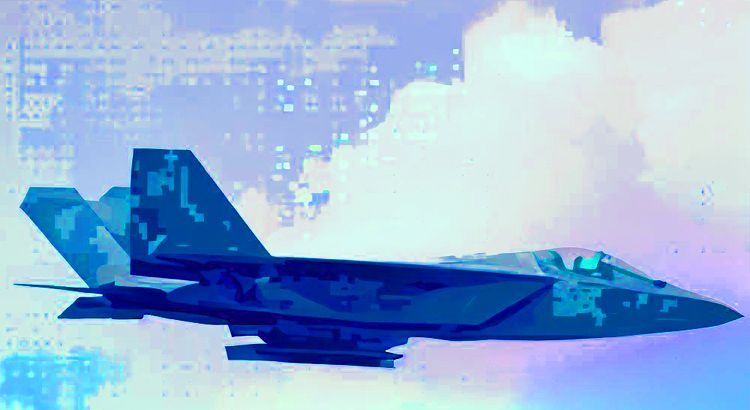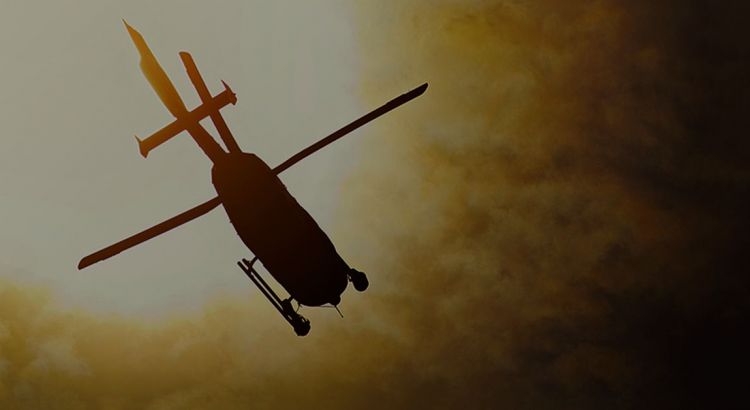
The Military Digital Convergence
John Bratton
March 5, 2019
Since the Wright Brothers first free-powered flight in 1903, air vehicles have relied upon discrete, analog sensors to supply the information required by their pilots. These sensors and their dashboard-clustered indicators may be regarded as the first and the analog approach to platform situational awareness. The evolution of electronics and more recently, digital processing has augmented these sensors, giving them greater capability. As platforms have become more complex and the array of effectors they can implement has grown, electronics and computers aid the pilot here, too. Mission and flight computers help the pilot execute a host of critical functions from avionics, to countermeasures, to fire control. These effectors, like sensors have evolved and been introduced over time and for similar reasons. Both are integrated into platforms in a distributed, federated manner, which has become the de facto sensor and mission processing architecture for military platform processing. Meanwhile, commercial enterprises have invested billions of dollars defining platform processing architectures that are delivering driverless cars and other platforms that will ultimately dominate many aspects of the autonomous domain with their IP which is based on digital convergence.  Commercial digital convergence has created converged media, information systems, smartphones and autonomous vehicles. Military digital transformation enables platforms to shrink and become more capable and adaptable for mission autonomy. This transformation leverages the digital convergence architectures created by billions of investment dollars made by the commercial sector and coincides with other prevailing trends to make the military digital convergence inevitable. With a proven technology roadmap and the availability of powerful processors and sensors, vehicle autonomy has passed its technological event horizon. Many next-generation flying taxi startup companies are working towards similar commercial solutions that fly without pilots. Autonomous commercial vehicles in general are emerging and may soon be commonplace. The availability of this technology will necessitate a digital convergence in the military domain. This military digital convergence has already begun. To learn more, read our whitepaper, The Military Digital Convergence.
Commercial digital convergence has created converged media, information systems, smartphones and autonomous vehicles. Military digital transformation enables platforms to shrink and become more capable and adaptable for mission autonomy. This transformation leverages the digital convergence architectures created by billions of investment dollars made by the commercial sector and coincides with other prevailing trends to make the military digital convergence inevitable. With a proven technology roadmap and the availability of powerful processors and sensors, vehicle autonomy has passed its technological event horizon. Many next-generation flying taxi startup companies are working towards similar commercial solutions that fly without pilots. Autonomous commercial vehicles in general are emerging and may soon be commonplace. The availability of this technology will necessitate a digital convergence in the military domain. This military digital convergence has already begun. To learn more, read our whitepaper, The Military Digital Convergence.







 Digital transformation with MBSE is the key to rapid innovation
Digital transformation with MBSE is the key to rapid innovation Transforming for scale: A critical part of value creation
Transforming for scale: A critical part of value creation